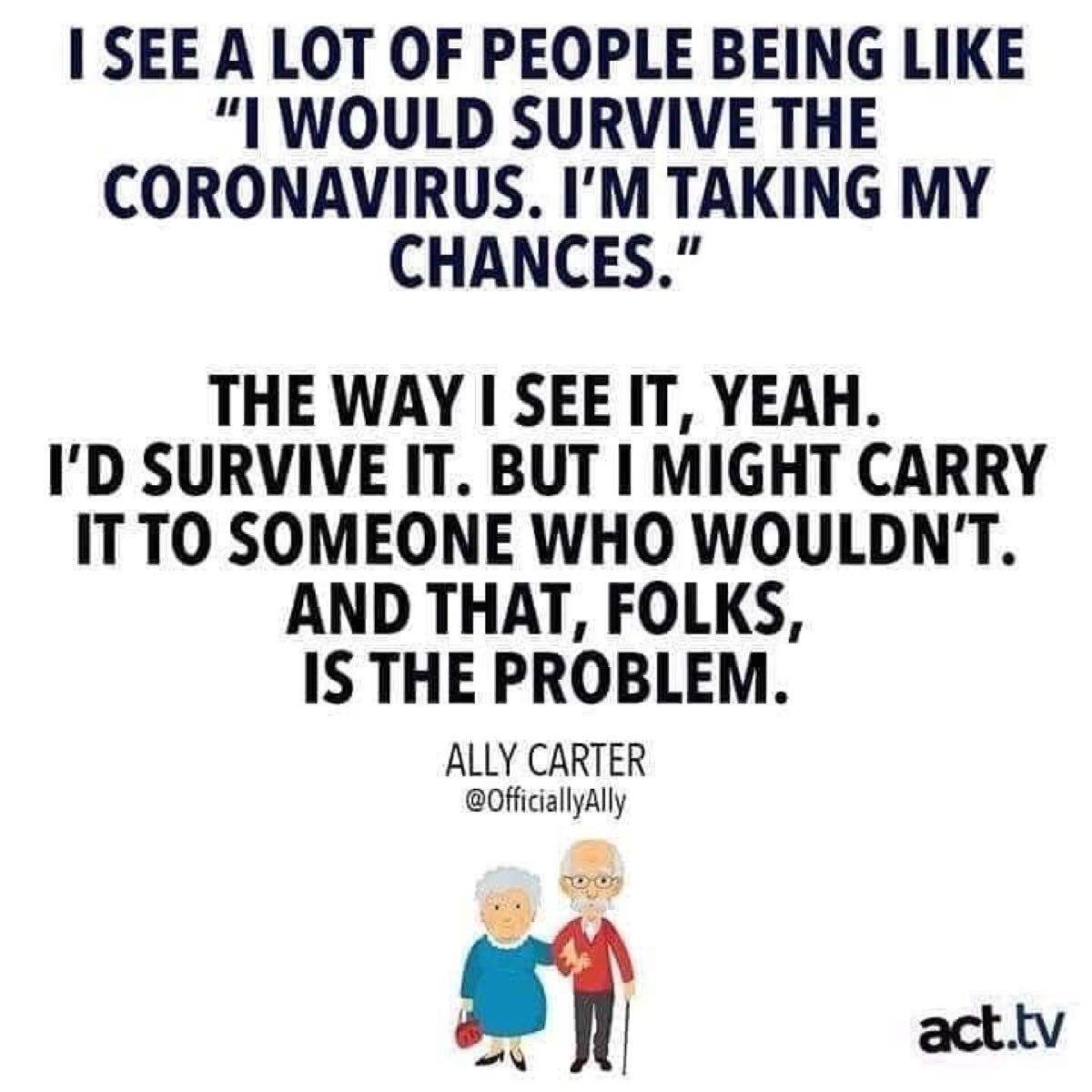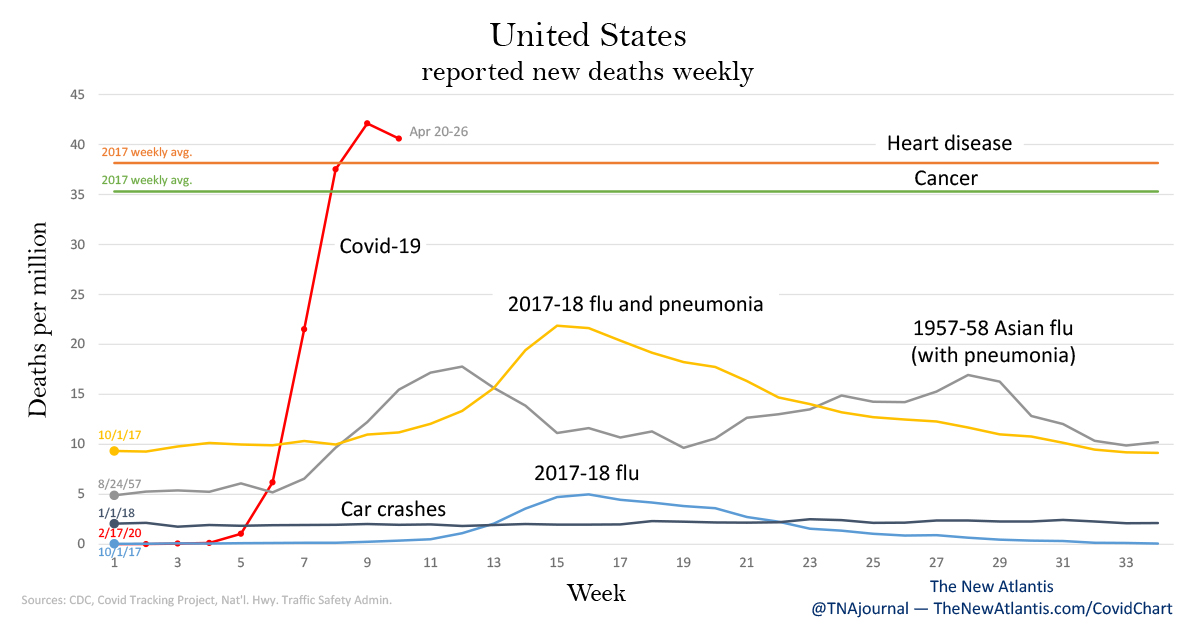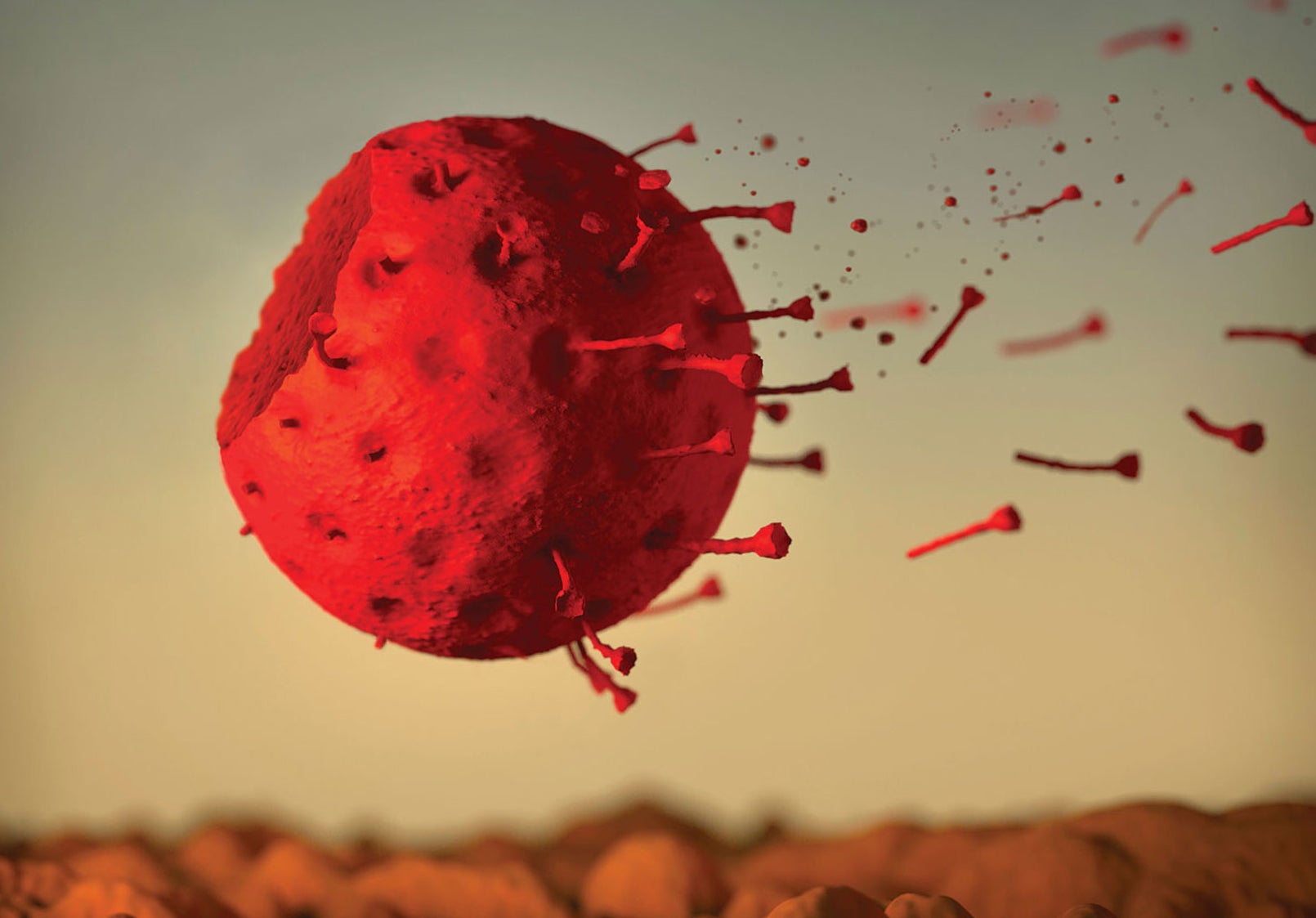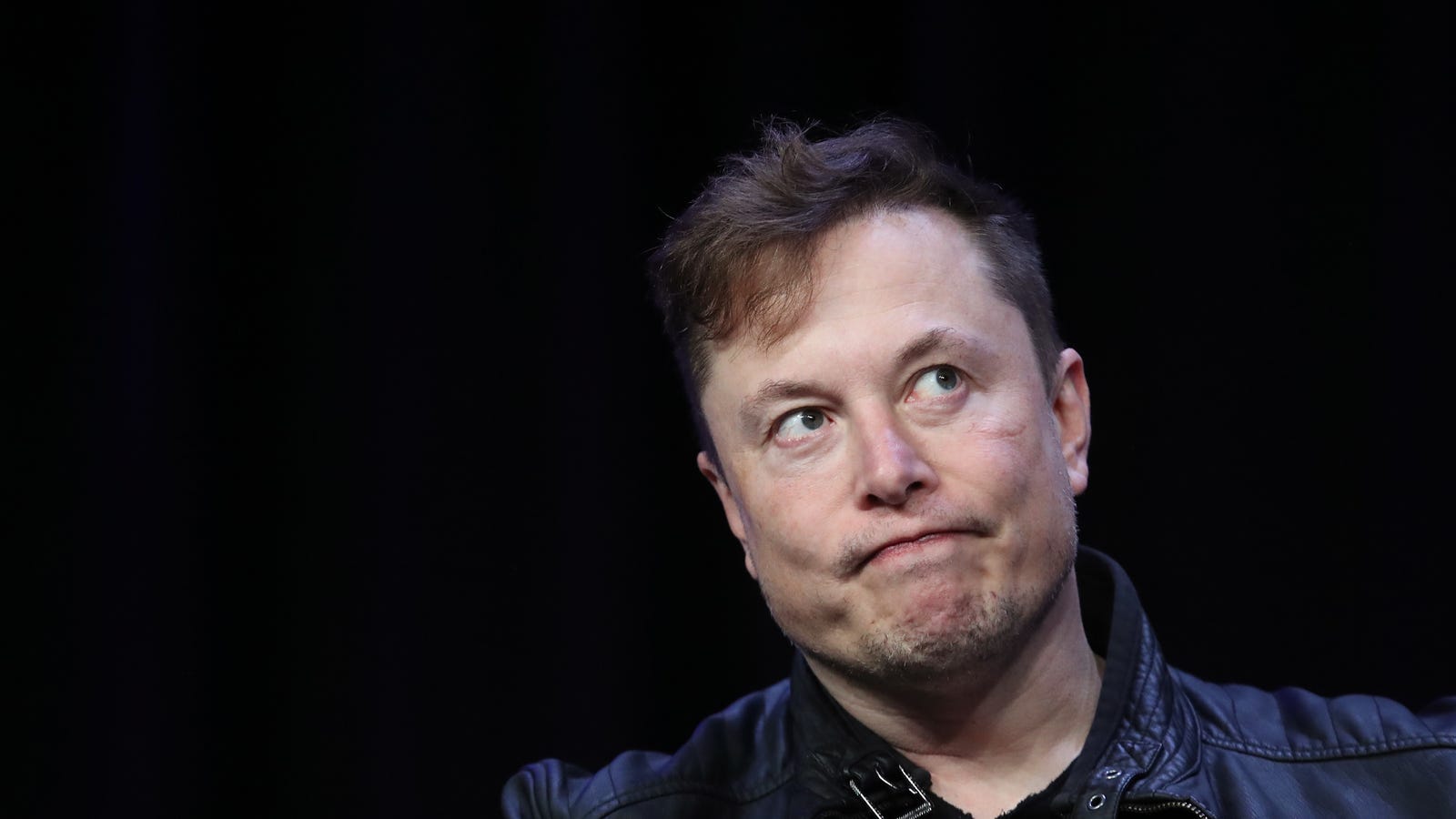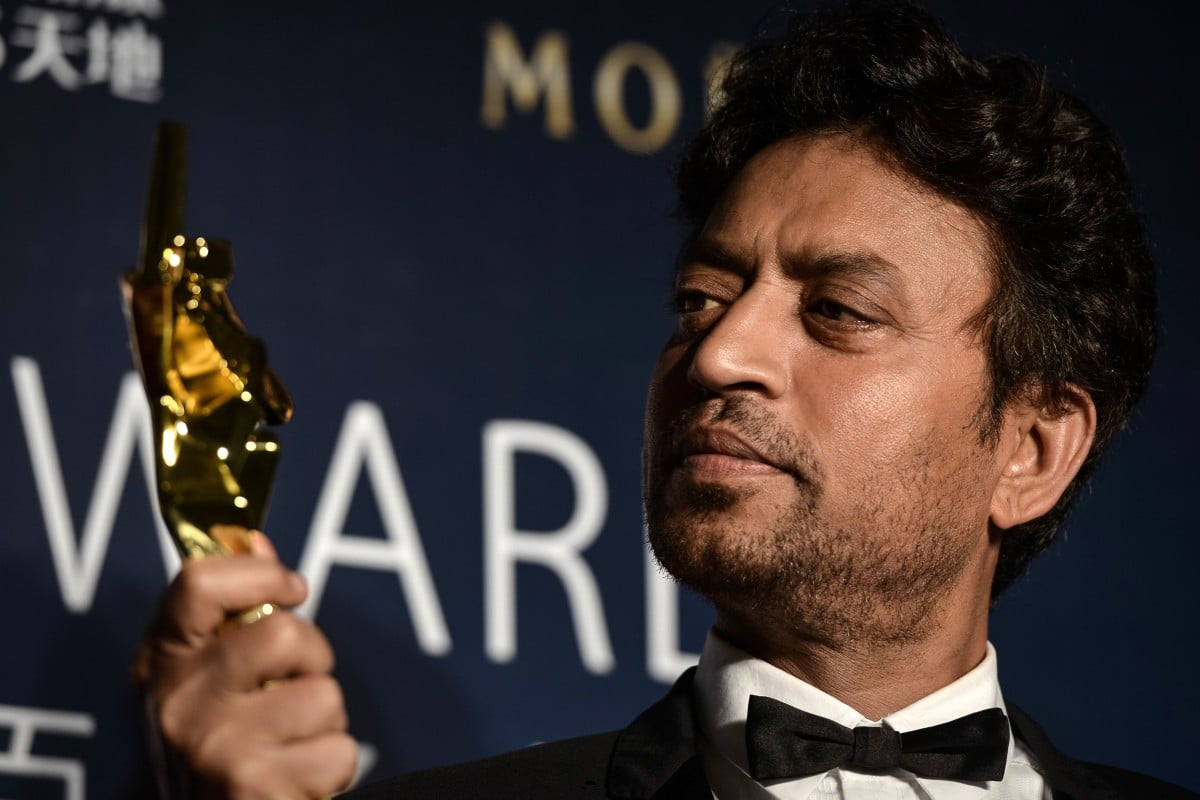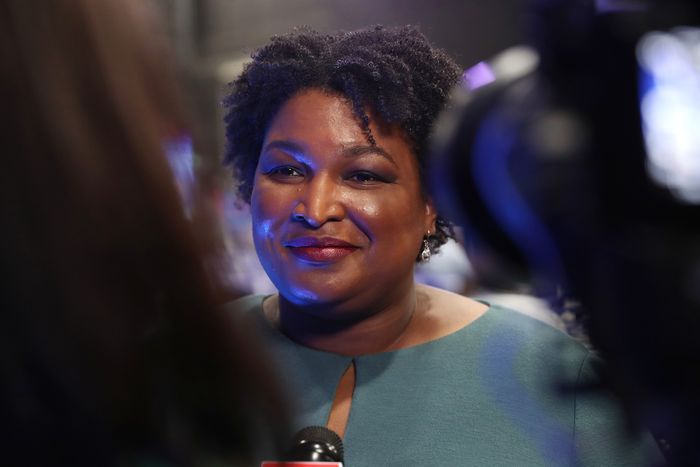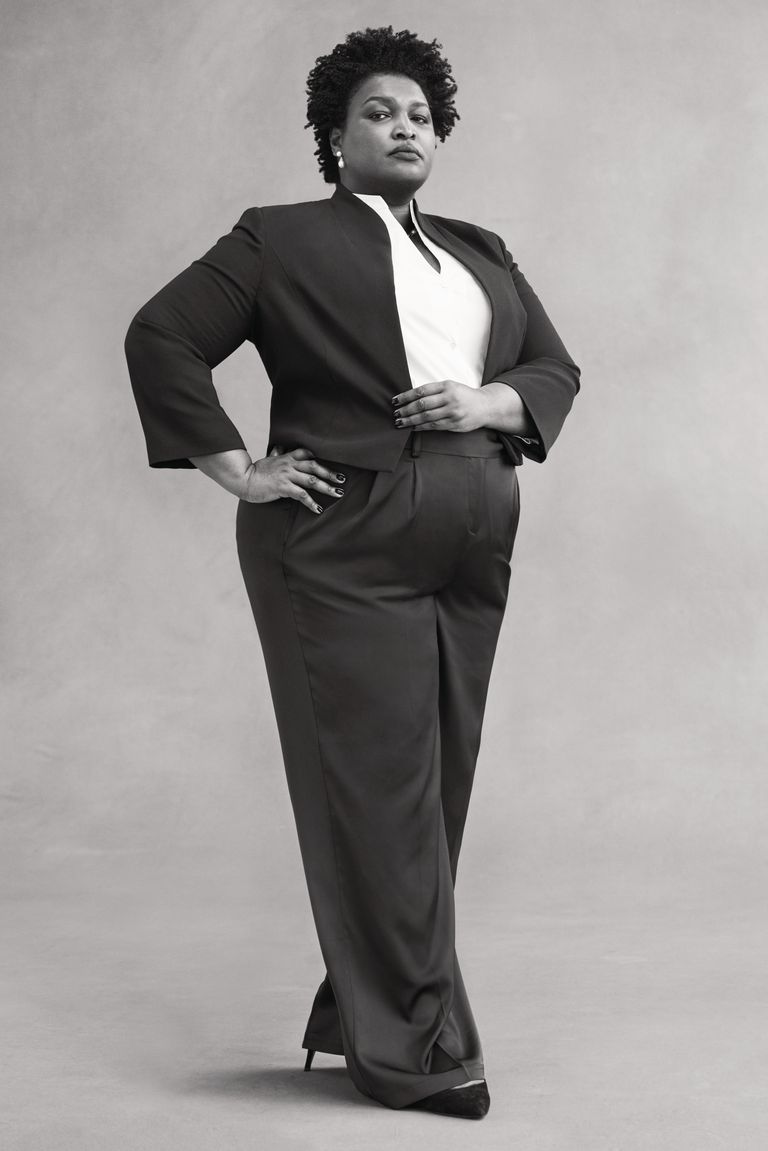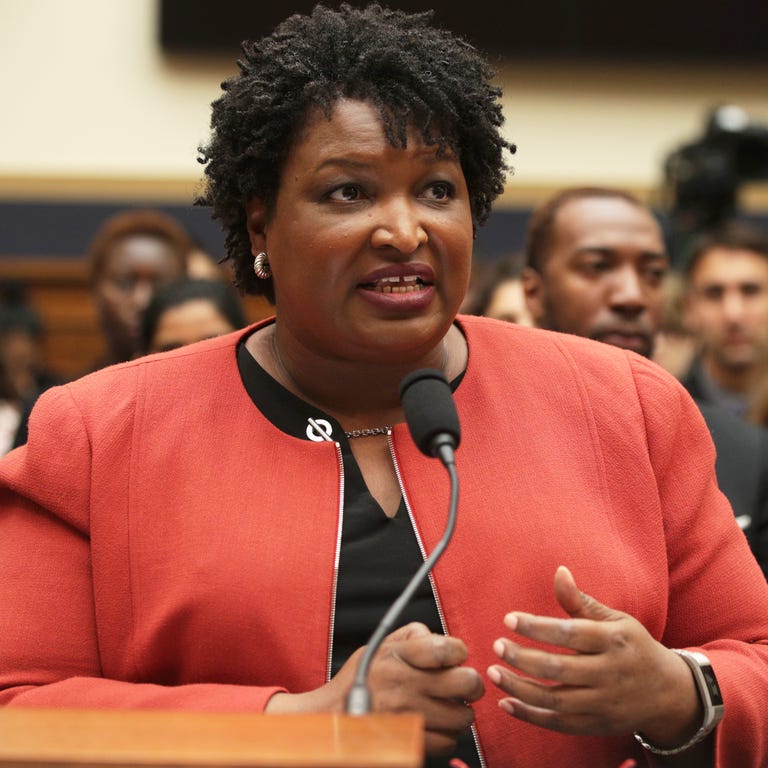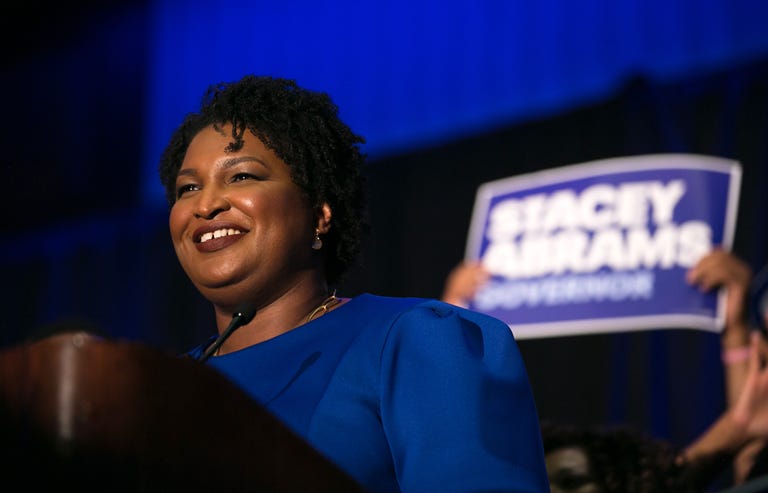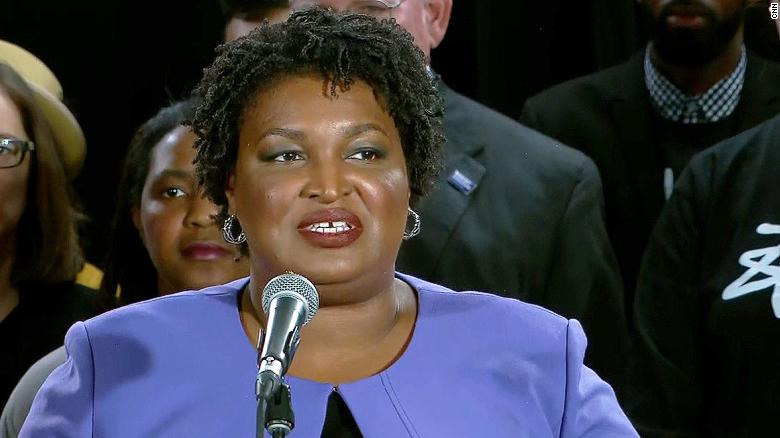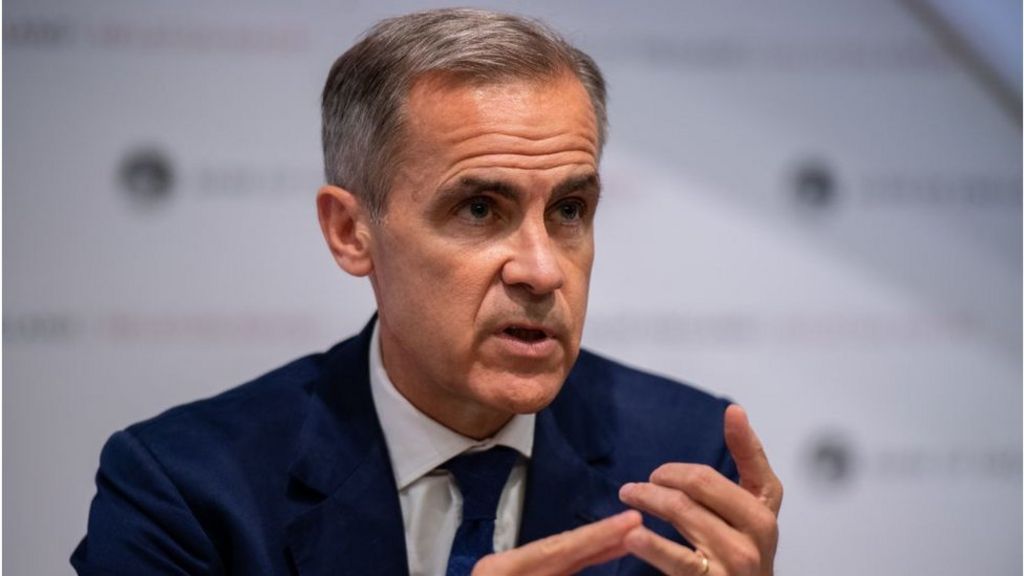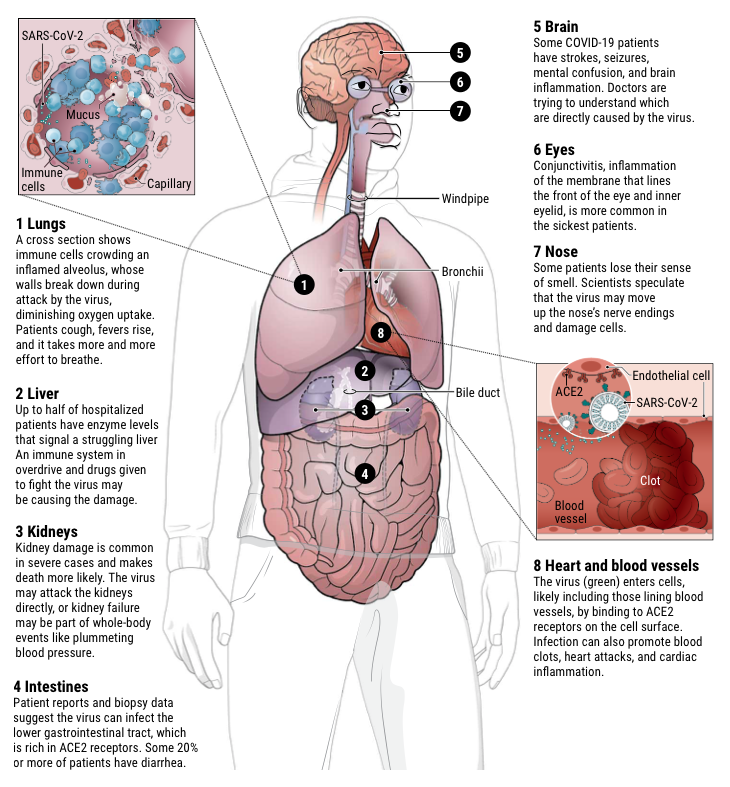Oil Price Shock: What It Means for Producers and Consumers For producers, the negative prices had them worrying briefly about paying buyers to buy their oil, but now they face longer term concerns, such as having to curtail output; shut down producing wells and defer new well openings; put off exploration; and file for bankruptcies or get acquired in a wave of consolidation ............ “Investors and traders were so desperate not to receive oil that they were willing to pay others to take the barrels instead” ........
“COVID is simply outside what even the most far-reaching energy market scenarios had considered.”
...... wrong calls by automated trading may be the culprit behind last week’s dramatic price fall. ........ “a new normal” is being defined by the pandemic ...... Many in the oil industry worry that the pandemic will continue in the summer months that usually see peak demand. ......... “And, just because crude oil is free or even better priced, it still costs money to refine it and distribute it. Gas prices at the pump won’t go to zero even at negative crude prices.” .......... “It’s expensive to cap the wells, so a lot of the wells were kept open and continued to produce” ........ “Capping a well is not like putting the cap back on the ketchup bottle,” said Smetters. “Capping some wells can be cheap. But high-pressure, high-temperature wells are harder to cap and plugging them is more permanent and expensive.” ........... The break-even rate of producing shale oil in the Permian Basin in Texas ranges between $40 and $55 a barrel ..........“If prices settle at $10 for an extended period, it will mean the industry is in deep trouble”
............ “The 2022 futures trade around $40 per barrel, suggesting that the market expects oil demand to recover significantly post-COVID.” ............. “The market is desperately trying to find storage opportunities for the excess oil that’s still being pumped up, now that there’s no demand for oil with our empty freeways and grounded planes.” ......... Insofar as Russia’s predictability is concerned, it suffered a humiliating defeat and now knows that backing off on promises could bring swift retaliation from the Saudis. .......... Russia especially could be hit hard by the price crash, since it exports 70% of its oil production ........ The drop in oil prices in 2014 “wreaked havoc” on Russia’s economy, but last Monday’s price drop is much larger .......... as of April 17, the strategic oil reserve held 635 million barrels out of a total capacity of 797 million barrels. “Even ignoring shipping costs, that open reserve equals about two days of total world oil production ........ “To put it bluntly, given a limited amount of funds, would you rather keep and grow jobs in solar energy, or subsidize shale oil producers?EXPERTS: PEOPLE PROBABLY AREN’T ACTUALLY CATCHING COVID AGAIN early experiments with animals, which showed that COVID-19 immunity would last for a year after infection. ........ “If you’re testing a lot of people like they did in China, you’re likely to get a lot of false positives and a lot of false negatives” .......... the coronavirus can mutate relatively quickly, which could end up giving people an immunity for only a short period of time after being infected. .......... Early signs point towards the coronavirus only mutating in smaller, insignificant ways. ....... “We hope this is going to be more akin to a measles vaccine.”
Here’s Why Elon Musk Keeps Complaining About Quarantine the mercurial entrepreneur doesn’t seem motivated by civil liberties. Instead, he’s angry that his factory is shut down — and he’s willing to put lives at risk to open it back up again. ......... We only have two car factories right now: one in Shanghai and one in the Bay Area, and the Bay Area produces the vast majority of our cars.” .......... “But to say they cannot leave their house and they will be arrested if they do, this is fascist,” he said on Wednesday’s call. “This is not democratic. This is not freedom. Give people back their goddamn freedom.” .........
That’s a sharp reversal for Musk, who tweeted in 2017 that if “my words are against science, choose science.”
........... “It will cause great harm, not just to Tesla, but to many companies,” he said. “And while Tesla will weather the storm, there are many small companies that will not.”Report: COVID May Have Killed Way More Americans Than We Think According to experts, the pandemic's death toll could be vastly higher than we thought. ........... an estimated 15,4000 excess deaths — twice as many as those attributed to the deadly coronavirus at the time.
THIS DISINFECTANT CAN KEEP SURFACES CORONAVIRUS-FREE FOR MONTHS After successful clinical tests, MAP-1 will be commercially available in Hong Kong starting in May, Reuters reports. It’s already been used to coat low-income housing in the city in an attempt to stave off future coronavirus infections.
THIS COVID-19 VACCINE COULD BE READY BY SEPTEMBER "IT IS A VERY, VERY FAST CLINICAL PROGRAM." ........ As various teams race to develop a vaccine for the coronavirus, one group at Oxford University says that — if everything goes perfectly — theirs could be available as soon as September.
SCIENTISTS FIND AIRBORNE CORONAVIRUS FLOATING IN WUHAN HOSPITAL "IT STRONGLY SUGGESTS THAT THERE IS POTENTIAL FOR AIRBORNE TRANSMISSION." ........ Chinese scientists have found new evidence that the coronavirus could spread through the air in airborne droplets ....... levels of concentration of the virus’ RNA in aerosols was very low in isolation wards and ventilated patient rooms — but elevated in “patients’ toilet areas” ....... “Our results indicate that room ventilation, open space, sanitization of protective apparel, and proper use and disinfection of toilet areas can effectively limit the concentration of SARS-CoV-2 RNA in aerosols” ......... The World Health Organization so far has claimed that the virus mainly spreads through larger droplets that fall to the ground relatively quickly and through contaminated surfaces. ......... But others have argued that the virus can spread through aerosol particles that can go airborne as well. ....“Those are going to stay in the air floating around for at least two hours” ........ while the scientists couldn’t find substantial traces of the virus in well-ventilated and open spaces, confined spaces such as bathrooms could be where the virus spreads. ......“I think it adds good evidence to avoid crowding”

